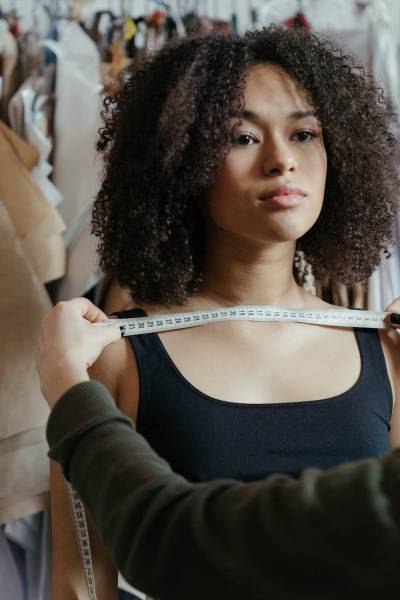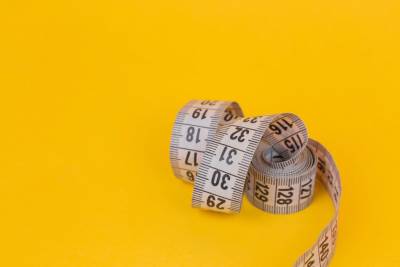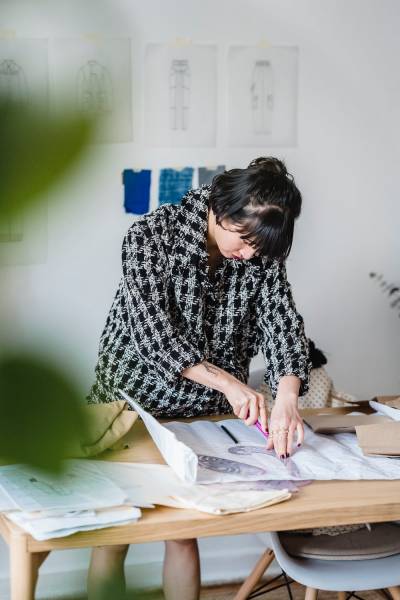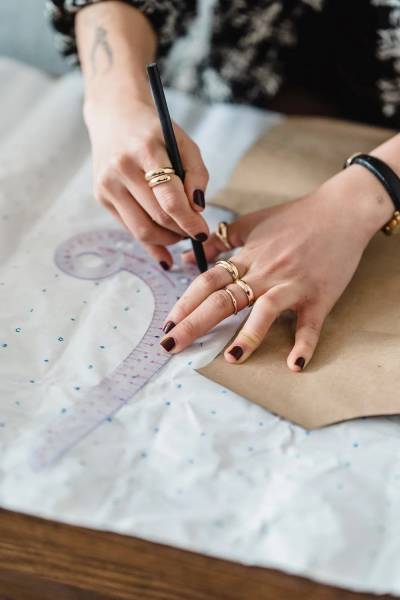Essential Tools for Pattern Drafting in Sewing
Tips and tricks.
Essential Tools for Pattern Drafting in Sewing
Pattern drafting is a fundamental skill in the world of sewing, allowing crafters to transform their creative visions into reality by producing custom-fitted garments. Whether you're an experienced sewist or just starting out, having the right tools for pattern drafting is crucial to ensure accuracy, precision, and ultimately, a well-fitting garment. In this blog post, we’ll delve into the essential tools needed for pattern drafting and how they contribute to the success of your sewing projects.

Tools
1. Body Measurements and Marking Tools
Before you begin pattern drafting, accurate body measurements are a must. A flexible tape measure is your best friend here, as it conforms to the contours of the body. Note down measurements such as bust, waist, hips, and more, as these will be the basis for your patterns.

Once you have your measurements, marking tools come into play. A clear ruler with both metric and imperial measurements is indispensable for drawing straight lines and making accurate markings. Tailor's chalk or disappearing ink pens allow you to transfer key points and lines from your measurements onto your pattern paper without damaging the fabric.
2. Pattern Paper and Tracing Tools
Pattern paper is the canvas on which your designs come to life. Opt for a sturdy yet translucent paper that allows you to see your markings clearly. Tracing wheels or tracing paper are essential for transferring markings. A tracing wheel has small teeth that create tiny perforations, making it easy to mark lines.
Consider using Spinbon as pattern paper. Spunbon comes in huge roles, its very inexpensive and is avalible in diffrent weights. Once youve made your pattern the Spunbon is easy to store in marked envelopes or on a file (just punch holes in it)

3. French Curve and Rulers
A French curve is a curved ruler that's invaluable for creating smooth lines and curves on your patterns. It's particularly useful for armholes, necklines, and other areas where precision matters. Alongside the French curve, having a set of clear, straight rulers in varying lengths aids in drawing accurate lines and maintaining symmetry.

4. L-Square Ruler
An L-square ruler is a right-angle ruler that assists in creating perpendicular lines and ensuring that your pattern pieces are aligned correctly. This tool is especially handy when drafting patterns for collars, cuffs, and other geometric elements.
5. Hip Curve Ruler
While the French curve is versatile, a hip curve ruler specializes in shaping curves for the hips, waist, and other body contours. It helps ensure that your patterns mimic the natural curves of the body, resulting in a flattering and comfortable fit.

6. Pattern Notcher
A pattern notcher is a small tool that creates small notches along the edges of your pattern pieces. These notches are essential for matching and aligning pieces accurately when sewing, which is crucial for maintaining the intended fit and design.
7. Seam Allowance Guide
Different sewing projects may require varying seam allowances. Having a seam allowance guide, which typically resembles a clear ruler with notches indicating common seam allowance widths, helps you maintain consistency across your patterns and garments.
8. Cutting Tools
Once your pattern is drafted, you'll need to cut it out accurately. Fabric shears are essential for cutting through layers of fabric without fraying or distorting the edges. For precision cutting, consider investing in a rotary cutter and a self-healing cutting mat, especially when working with delicate fabrics or intricate shapes.
9. Pattern Weights and Pins
Pattern weights hold your pattern paper in place while you trace or cut. They eliminate the need for pins that can create distortion or damage the pattern paper. However, pins are still useful for securing the fabric to the pattern during cutting.
10. Tracing and Drafting Software (Optional)
In the digital age, there are software tools available that allow you to draft and manipulate patterns digitally. These tools offer convenience, flexibility, and the ability to save and reproduce patterns easily. Some popular options include Adobe Illustrator, PatternMaker, and even open-source software like Valentina. Also, consider Itsostylish Text-to-Pattern software CAD
In conclusion, having the right tools for pattern drafting is essential for achieving precise, well-fitted garments. From accurate measurements and marking tools to specialized rulers and cutting equipment, each tool plays a crucial role in the pattern drafting process. While these tools can initially seem overwhelming, they are investments that greatly enhance your sewing skills and help you create garments that fit and flatter the body perfectly. So, whether you're a seasoned pro or a beginner in the sewing world, equipping yourself with these essential tools will undoubtedly set you up for pattern drafting success and the creation of beautifully crafted garments.
Pexels Tape measure Curve multi-curve measuring